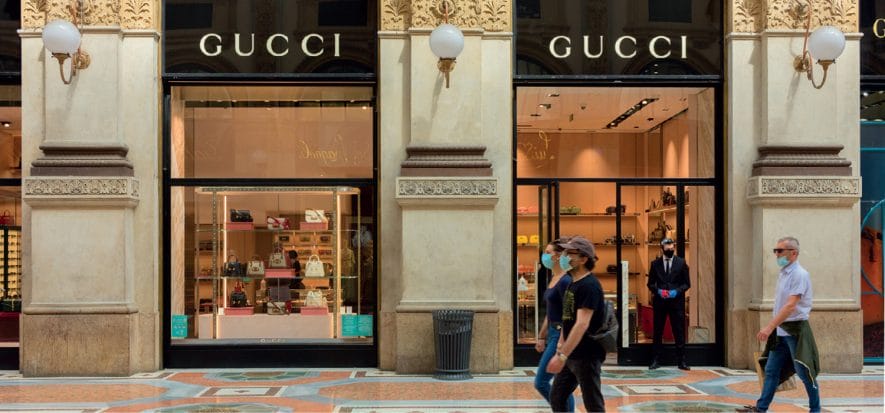The world of luxury goods consumption is still in hibernation due to Covid-19. The Economist analyses the four major weaknesses highlighted by the pandemic, which has also blocked the fashion system and reference niches.
Four big weaknesses
The first concerns, of course, sales and consumer trust. It is impossible to remain immune to this crisis: there are not only canceled fashion weeks and all the related industries shattered with them. Or influencers running out of photos and posts with the embedded hashtag adv. “At the height of the pandemic between March and May, sales fell by about 75% compared to 2019, according to Boston Consulting Group – writes the financial newspaper -. They slowly recovered when Asia, then Europe and America, started to reopen. Even so, prospects for the world of luxury are far from sparkling”.
The production sales system
The second weakness concerns market logistics, as well as price structure. A profound revision of the production and sales system in the luxury sector is currently underway. While luxury brands, The Economist recalls, are largely European, some are located in the United States. But most of the customers are of Asian origin: of the 281 billion euros spent in the luxury sector in 2019, more than half came from there. “Chinese buyers alone went from 1% of purchases in 2000 to 35% last year,” Bain said.
But luxury shopping was almost 70% the result of shopping in Europe. What can be done? Bringing the Euro-chic into Chinese hands, writes The Economist, is not naturally simple: tourism is indeed blocked, while, to date, maisons such as Gucci and Vuitton sold their products in China at prices one third higher than in Europe. The price review is underway and gives impetus to an already started process.
The digital delay
That the sale of luxury goods online has grown, on average around +7/8%, is evidence. But this does not mean that there is no delay on the digital channel. The result, recalls The Economist, represents half of the percentage progression recorded by fast fashion (however facing a crisis), represented above all by Zara and H&M.
Supply chain
The fourth weakness concerns the security of the supply chain. The maison, the newspaper warns, should assist the supply chain which, needless to say, is largely Italian, and which has exposed itself in a very important way in recent months. A web of small companies, where craftsmanship interacts with innovation, which has put workers and production back in motion in record time and safely.
Reading the situation
Some things are fairly certain, despite everything, according to The Economist. Like the drop in sales by one third compared to 2019 for 2020, and a tangible recovery only at the beginning of 2022. But it is also true that not everyone is equally vulnerable: in times of crisis, we focus on consolidated brands, such as CHANEL and Vuitton, who had raised prices just before the outbreak of the pandemic. There are goods, such as bags and clothes, that will remain unsold or end up in alternative online circuits.
But the phenomenon of Chinese revenge shopping is a figure of how luxury status symbols will not collapse. The paradigm will have to change for the designers: if in June they were ready to convey the images of the autumn-winter collections, today they must push on the spring-summer garments, so that the unsold is as little as possible. And this, as already reiterated by Giorgio Armani, should become the new norm.
Shutterstock image
Read also:










